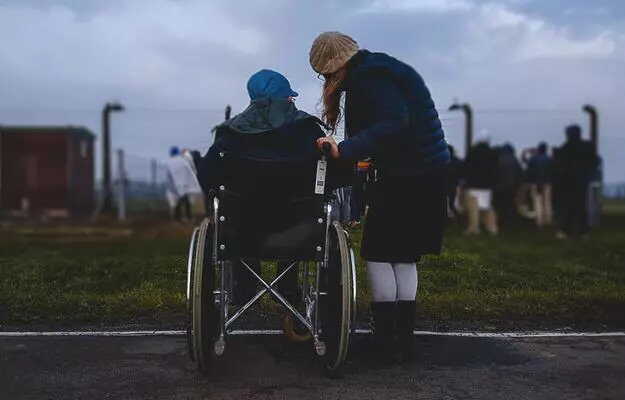What is spinal muscular atrophy?
Spinal muscular atrophy (SMA) is a disease that affects the voluntary muscles of our body, which are regulated by the nerves of the spinal cord. When the nerve cells get damaged, it results in weakness and shrinking of the muscles supplied by these nerves. It occurs in children and is typically transferred genetically.
What are its main signs and symptoms?
Signs and symptoms of SMA are dependent on the type of the disease. There are 4 types of SMA and their symptoms are:
-
Type I – Most severe variant
- Difficulty in sitting
- Unable to keep the head up
- Difficulty in swallowing
- Muscles of respiration are also affected (child rarely lives past the age of 2)
-
Type II – Children affected are of 6-18 months of age
- Muscles of lower limbs are affected more as compared to the upper limb
- Difficulty in crawling, walking etc
- It is also known as chronic infantile SMA
-
Type III – Children affected are 2-17 years of age (Juvenile SMA)
- It’s the mildest form of SMA
- Lower limbs are affected and cause muscular weakness
- Child finds it difficult to run, climb stairs, getting up from chair etc.
-
Type IV – It usually starts in adult life
- Usually upper and lower limbs both are affected
- Weakness of muscles, difficulty in walking with a steady gait etc.
What are the main causes?
Spinal muscular atrophy is a genetic disorder that happens due to defects in a gene or a mutation in a gene. The gene that produces motor neuron protein (SMN) is altered. This results in poor production of the protein and results in muscular atrophy.
SMA is passed through genes. If the child has one normal gene and other mutated gene, this child won’t suffer but will be a carrier and can pass on the condition to his children; but, if the child has both defective genes, then he will suffer from the disease and will pass it on to the next generation as well.
How are they diagnosed and treated?
Diagnosing SMA can be difficult. In spite of a careful clinical history along with physical examination, it still mimics other conditions. Certain blood and radiological investigations help in diagnosing SMA.
- Blood investigations include genetic evaluation for SMA genes
- EMG – helps in evaluating the transmission of nerve impulse to the muscle
- CT scan and MRI scans – help in evaluating the structure of the muscles and to look for atrophy
- Muscle biopsy – helps in evaluating the cells of muscles under the microscope
Research is on for developing some positive treatment for SMA. Currently, supportive therapy is available that will help in reducing the intensity of the symptoms and improve the quality of life.
- Diet – A diet having more proteinaceous foods is preferred along with lesser carbohydrates
- Physical therapy – To improve muscle tone of both upper and lower limbs is used. Breathing exercises are advised to avoid accumulation of mucus and for better functioning of chest muscles
- Assistive gears – like mobility equipment (wheelchairs), splints and braces for arm support and shoes inserts for supporting legs can be used.

 Doctors for Spinal Muscular Atrophy
Doctors for Spinal Muscular Atrophy  OTC Medicines for Spinal Muscular Atrophy
OTC Medicines for Spinal Muscular Atrophy



















